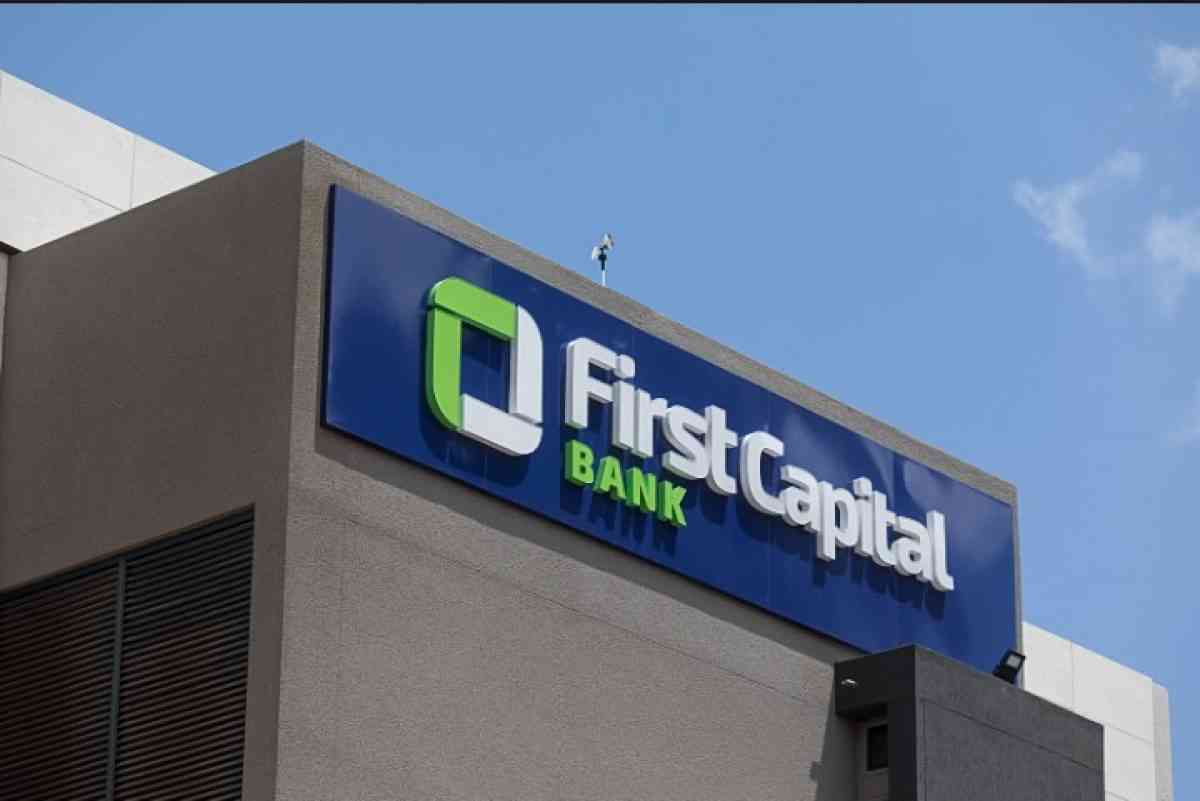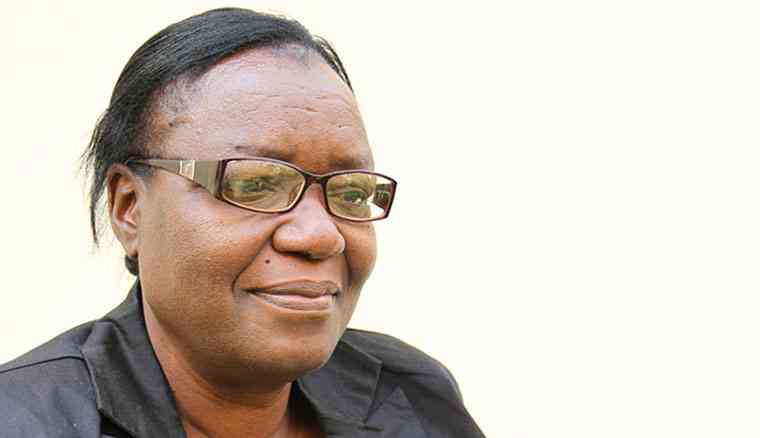
FIRST Capital Bank (FCB) posted a near 26% increase in profit after tax to US$15,38 million during the year ended December 31, 2023, bolstered by a rise in total income.
The Victoria Falls Stock Exchange list-ed financial services outfit had posted a US$12,21 million profit after tax during the prior comparable period.
In a statement accompanying the financial statement for the review period, FCB chief executive officer Tapera Mushoriwa said income was buoyed by increased lending.
“The bank posted a consolidated adjusted profit after tax of US$15,4 million for the year 2023,” he said.
“This was supported by a 33% increase in total income over the period from US$53,4 million in 2022 to US$71,2 million for the year ended December 31 2023.
“This growth was driven by an improve ment in the underlying business, driven by growth of the customer base, increase in loans and advances, and an increas ing proportion of USD transactions. Active management of the currency positions also resulted in exchange gains.”
However, Mushoriwa said operating ex penses increased by 55% from US$30 mil lion in 2022 to US$46,7 million in the year under review.
“This resulted in the cost to income ratio moving from 56% in 2022 to 66% in 2023.
- Zim banks under siege
- In Conversation With Trevor: ‘Zimbabwe offers great opportunities’- Ciaran Brian McSharry
- Zim banks under siege
- Zim banks optimistic as capital deadline approaches
Keep Reading
The bank continues to actively pursue cost optimisation strategies to manage the overall cost base,” he said.
Mushoriwa said FCB continued to engage financiers for additional lines of credit. FCB secured a €12,5 million credit line from the European Investment Bank last year.
About 81% had been drawn by year end, according to the financial statements.
It also secured US$20 million from Afri can Export-Import Bank, with US$6 mil lion having been drawn down by year end.
Mushoriwa said the first half was marked by exchange rate volatility.
“In the second half of the year the rate depreciated by 6% as the authorities main tained a tight monetary policy throughout the period to counteract resurgent inflationary pressure on the Zimbabwean dollar (ZWL),” he said.
“These included the introduction of gold coins and gold-backed digital tokens, and more aggressive application of non-negotiable certificates of deposits on daily excess funds bringing relative exchange rate and price stability.”
Mushoriwa said liquidity supply during the second half remained challenging across all currencies, constraining asset expansion in the financial sector.
The bank’s total deposits were reported at US$123,2 million as of the end of last year, 9% lower than US$136,1 million in 2022.
“The reduction was largely driven by the loss of value on ZWL denominated deposits following a 788% depreciation of the ZWL over the period,” Mushoriwa said.
“ZWL deposits constituted 13% of total deposits at 31 December 2023 compared to 22% at 31 December 2022.
“USD denominated deposits increased by 6% during the period under review.
Loans to customers increased by 30% over the same period to close at US$86,1 million, compared to US$65,9 million as of 31 December 2022, with 92% of business having been underwritten in USD as at 31 December 2023,” he added.







